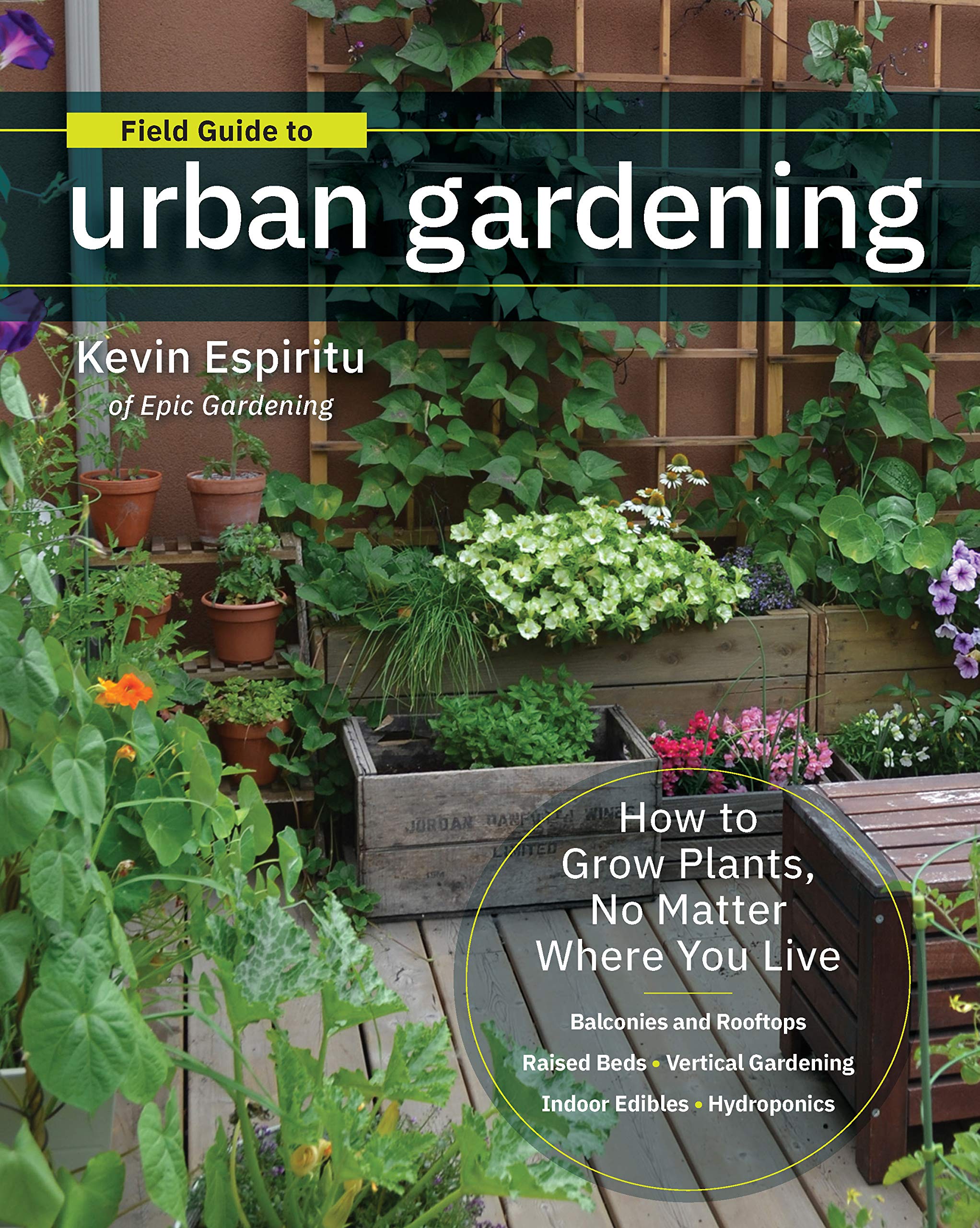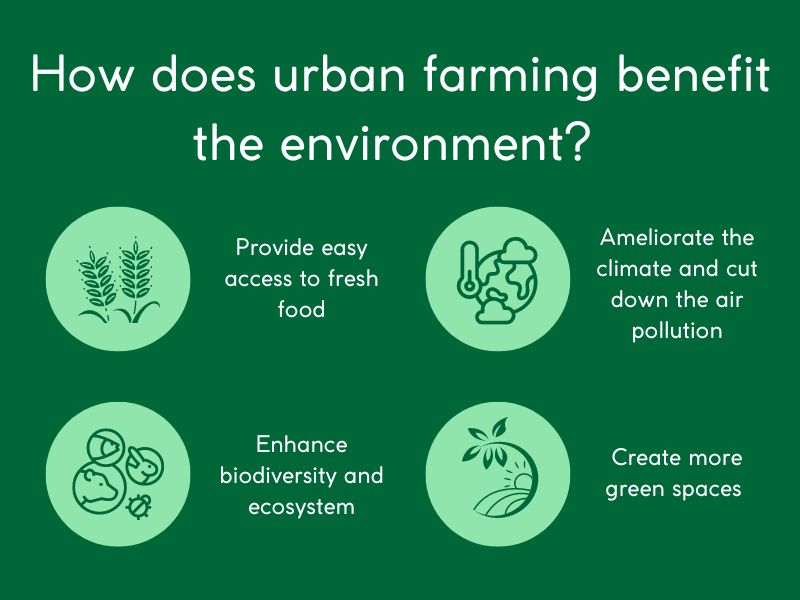About City Blooming
About City Blooming
Blog Article
The Greatest Guide To City Blooming
Table of ContentsThe Basic Principles Of City Blooming Little Known Questions About City Blooming.City Blooming - QuestionsThe Facts About City Blooming UncoveredSome Ideas on City Blooming You Need To Know
Urban gardens commonly gain from warmer microclimates, enabling the cultivation of less sturdy plants such as palms and bamboo. https://www.reverbnation.com/artist/cityblooming usually discovered in warmer regions. And as we've stated, do not just go with tiny plants; small metropolitan yards can handle big plants and trees and selecting these over tiny fussy bushes will certainly make the room feel bigger and a lot more amazingUse big containers they do not dry as quickly as smaller pots, so they are less work to maintain water. Pick hardscaping elements for an urban garden The organized lines, unbalanced setup, and usage of different materials in this London-based Victorian terrace's garden design produce a seamless link with the style, making it show up as an all-natural expansion of the overall aesthetic.
Plant vertically Cover the walls in greenery, whether that be stunning mountain climbers that ripple messily over your fencing or something extra had and modern like a living wall surface. Take advantage of a light well garden Whitewashed walls and light flooring ceramic tiles transform it from a dark and drab room right into a location you would certainly desire to hang around on a Sunday early morning with a cup of coffee.
The Only Guide for City Blooming
Upright farming and aeroponics enable crops to be expanded in regulated settings, making use of marginal area and resources. IoT-based cutting-edge horticulture systems allow remote monitoring and automation of horticulture procedures. Urban farming apps and on-line resources provide valuable details, suggestions, and community assistance for metropolitan gardeners. A web page from the London City Hall website supplies information concerning metropolitan farming in London.
They have a goal to end appetite in our generation by growing yards on unused land in cities. They provide a selection of sources to help people obtain entailed in urban farming, including academic products, horticulture tips, and a community online forum.

An Unbiased View of City Blooming
Urban Growth is a community-led firm that collaborates with both neighborhoods and developers to develop a healthier city. They are committed to sustainability, empowerment, and pleasure, and they believe that everyone has the power to make a distinction. Urban gardening is an effective movement that brings nature back into the concrete forest.
Katy started at Horticulture Express with restricted knowledge of horticulture, but under the mentorship of Chris Bonnett and the various other gardening professionals in the company, she currently has over two years of experience in the horticulture market. Katy has actually edited 300 articles on subjects such as plant treatment, garden designs, garden style, and maintenance.
Katy's objective is to aid novices and skilled gardeners alike produce and enjoy their own welcoming outdoor areas easily.
Neighborhood yards are semi-public spaces shared by a neighborhood of next-door neighbors and other individuals where they jointly participate in growing fruits, veggies, or flowers, sharing labor and harvest. It's excellent to obtain associated with these lasting tasks as they're equally helpful for you, the area, and the environment. Neighborhood yards are found in neighborhoods, however can additionally be created in schools, property lands, or establishments, such as medical facilities.
Getting The City Blooming To Work
Several of the ecological advantages of area yards include: Repair of vacant land and environments by repurposing themProduction and upgrading of water infiltration and other ecosystem servicesPromotion of biodiversity by growing indigenous plantsEducating the neighborhood regarding gardening, urban farming, and their benefitsReduction of food transportation reducing air pollutionPromotion of lasting farming practicesFostering social inclusionThe above environmental benefits show the overall importance of neighborhood gardens and their contribution to supplying habitat for view organisms and food to the locals, eliminating food instability.
Area gardens contribute to achieving these objectives as they come to all regardless of class, age, sex, education and learning, profession, etc, and play a huge duty in increasing awareness and expertise regarding gardening and city agriculture amongst the residents. Community yards highlight a requirement for city slicker to go back to nature.

And also, it removes food instability in areas which is a worthy objective. Working in a shared garden allows a return to true worths.
The Buzz on City Blooming
A few of the environmental advantages of neighborhood yards consist of: Repair of uninhabited land and communities by repurposing themProduction and upgrading of water infiltration and various other community servicesPromotion of biodiversity by planting native plantsEducating the area concerning gardening, city agriculture, and their benefitsReduction of food transport minimizing air pollutionPromotion of sustainable farming practicesFostering social inclusionThe above ecological benefits reveal the general importance of area gardens and their payment to offering environment for organisms and food to the citizens, getting rid of food instability.
Neighborhood yards contribute to attaining these goals as they are accessible to all no matter of course, age, gender, education and learning, occupation, and so on, and play a big duty in raising recognition and knowledge regarding horticulture and urban farming amongst the citizens. Neighborhood gardens highlight a demand for city slicker to go back to nature.
A means to get closer to nature by complying with conservationist valuesSpaces of social diversity where conviviality and exchanges aboundPlaces that advertise the assimilation of disadvantaged groups or individuals with handicaps into the social fabricA method to boost your living environment (for people residing in homes and having little green area at their disposal)A location of area entertainment, to hold cultural events and exterior partiesThe possibility to expand vegetables, fruits, and herbs at low costAn opportunity to move and work out in the fresh air by committing a couple of hours a week to horticulture and maintaining your garden plotThe opportunity to share and exchange with other individuals products from the harvestOpportunities to increase understanding and enlighten individuals concerning ecological regard via strategies such as composting, natural horticulture, rain harvesting, and so on.
Having actually expanded vegetables and fruits will highly urge you to consume even more of them, which is not minimal for your way of living and wellness. And also, it removes food instability in areas which is an honorable objective. Functioning in a shared garden enables a return to true values. The evolution of the customer culture, the absence of time, and lots of other elements lead us increasingly more towards purchasing items in shops.
Report this page